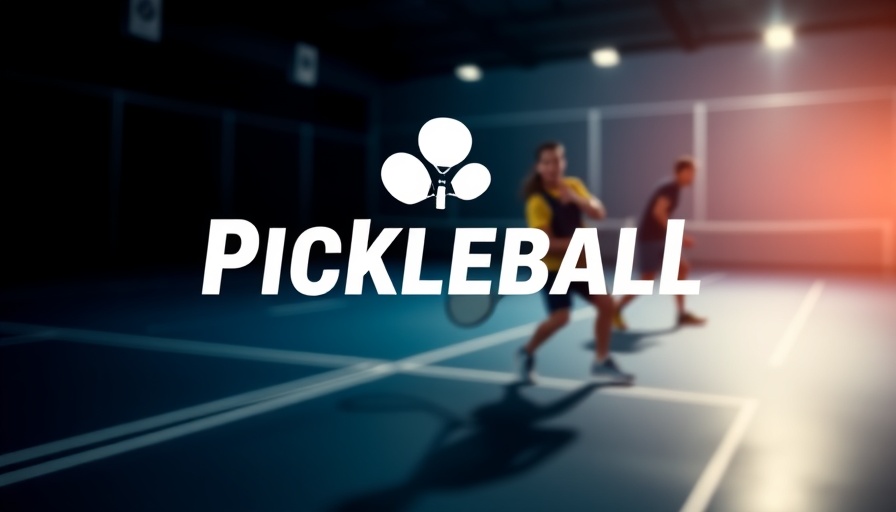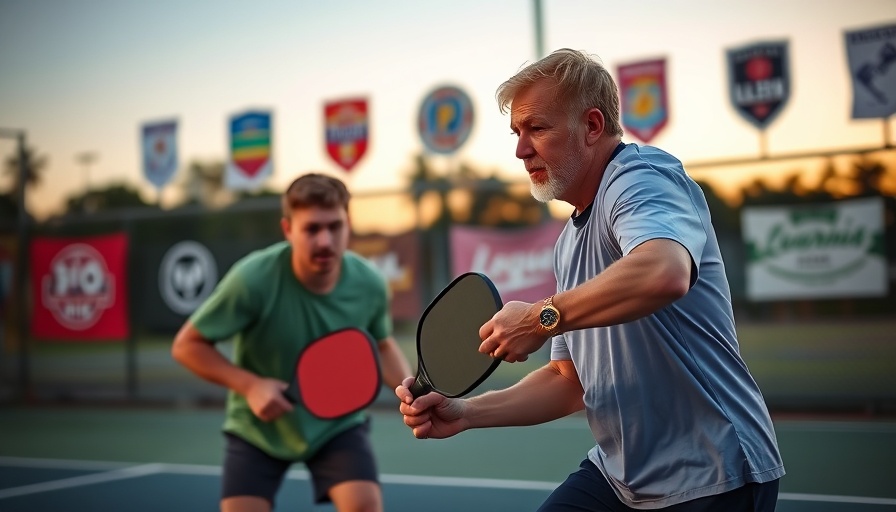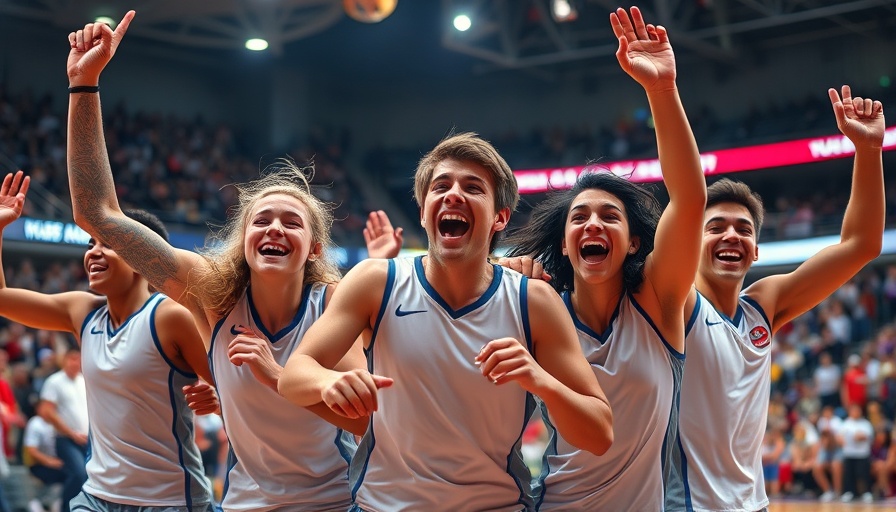
Breaking Tradition: The Shift Away from the Kitchen Line
In the dynamic world of pickleball, a quiet yet significant shift is occurring on the courts. While the age-old advice to "get to the kitchen and stay there" has long been a staple of coaching, many top players are now intentionally stepping back from the non-volley zone (NVZ) line. This movement isn’t rooted in indecision, but in a newfound strategy designed to enhance play and optimize performance.
More Time, Better Control
By positioning themselves slightly behind the NVZ, players are granting themselves crucial extra moments to react, make decisions, and execute their shots effectively. This strategy directly combats the panic that often arises in fast-paced exchanges, enabling players to approach the game with greater confidence. The result is not a passive retreat but a tactical move that empowers players to control the flow of the match with more finesse.
Unlocking New Angles
Another advantage of stepping back is the ability to create sharper offensive angles. When players shift their position, they can effectively alter the geometry of the rally, leading to more strategic plays. This minor adjustment opens up cross-court dinks and offers a greater margin for error on drops, fostering creativity and unpredictability, especially in doubles matches.
Harnessing the Power of Two-Handed Backhands
As two-handed backhands gain popularity on the courts, players are discovering that this technique requires space to execute properly. Staying too close to the kitchen line can hinder the fluidity of this powerful stroke. By stepping back, athletes not only enhance their form but also gain control over their shots, potentially increasing their effectiveness and adding a surprise element to their gameplay.
A New Perspective on the Transition Zone
Traditionally viewed as a challenging area between the baseline and the NVZ, the transition zone is being reimagined by experienced players. Instead of seeing it as an obstacle, they’re learning to utilize it as an advantageous position that facilitates smoother transitions between offensive and defensive plays. The balance between aggression and control in this central zone can prove to be the deciding factor in tightly contested matches.
An Evolution in Playing Style
This strategic shift represents a broader evolution in pickleball, where versatility and patient, controlled play styles are becoming increasingly important. Players are prioritizing smart shot selection and the ability to adapt mid-rally rather than relying solely on power. As this trend continues to gain traction, it could reshape pickleball strategies for younger and older players alike.
Join the Pickleball Revolution!
For players over 50 in Southern California, understanding this new approach means enhancing your game and enjoying the sport even more. Explore training sessions or community leagues that embrace these evolving strategies—your game will thank you.
 Add Row
Add Row  Add
Add 




Write A Comment